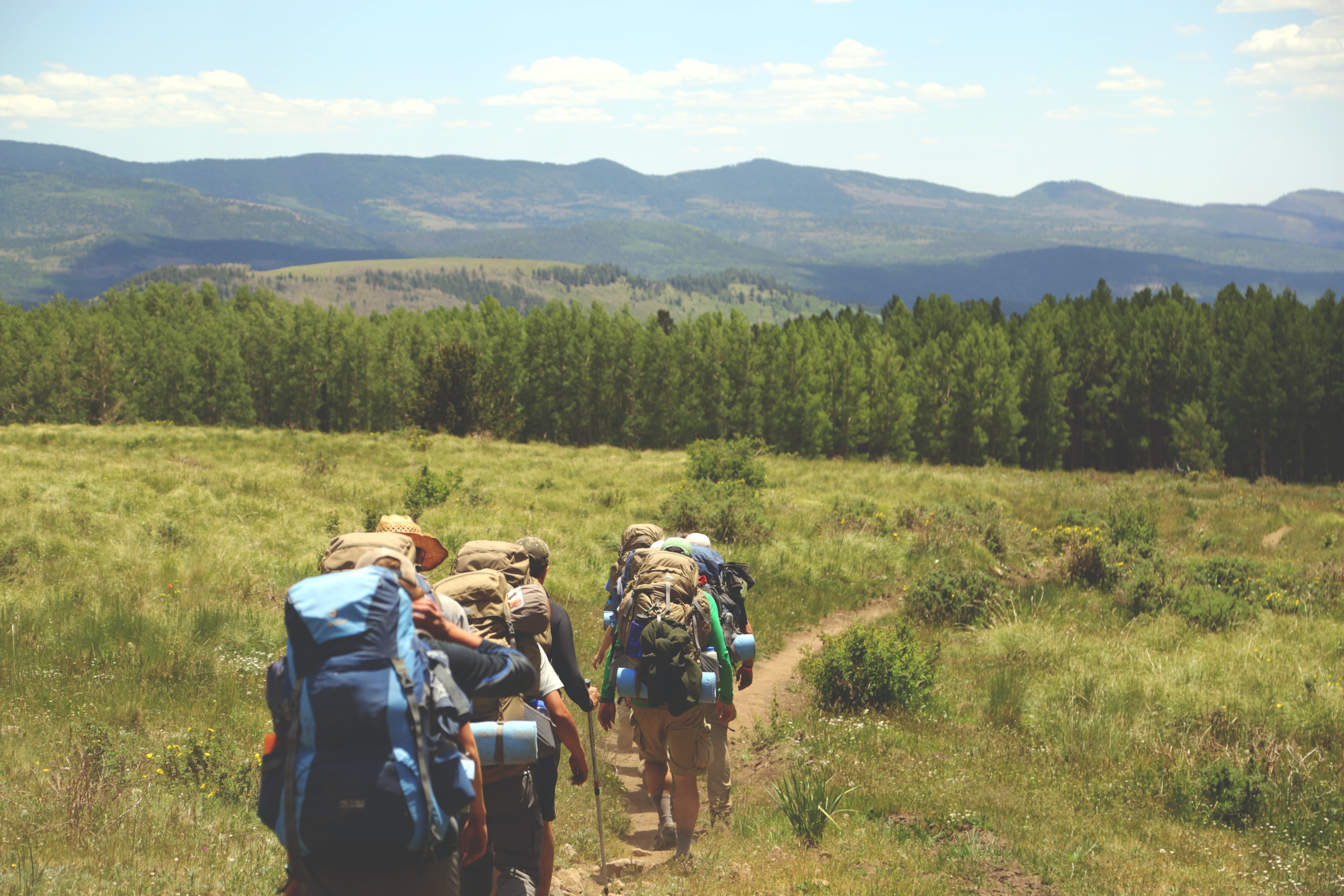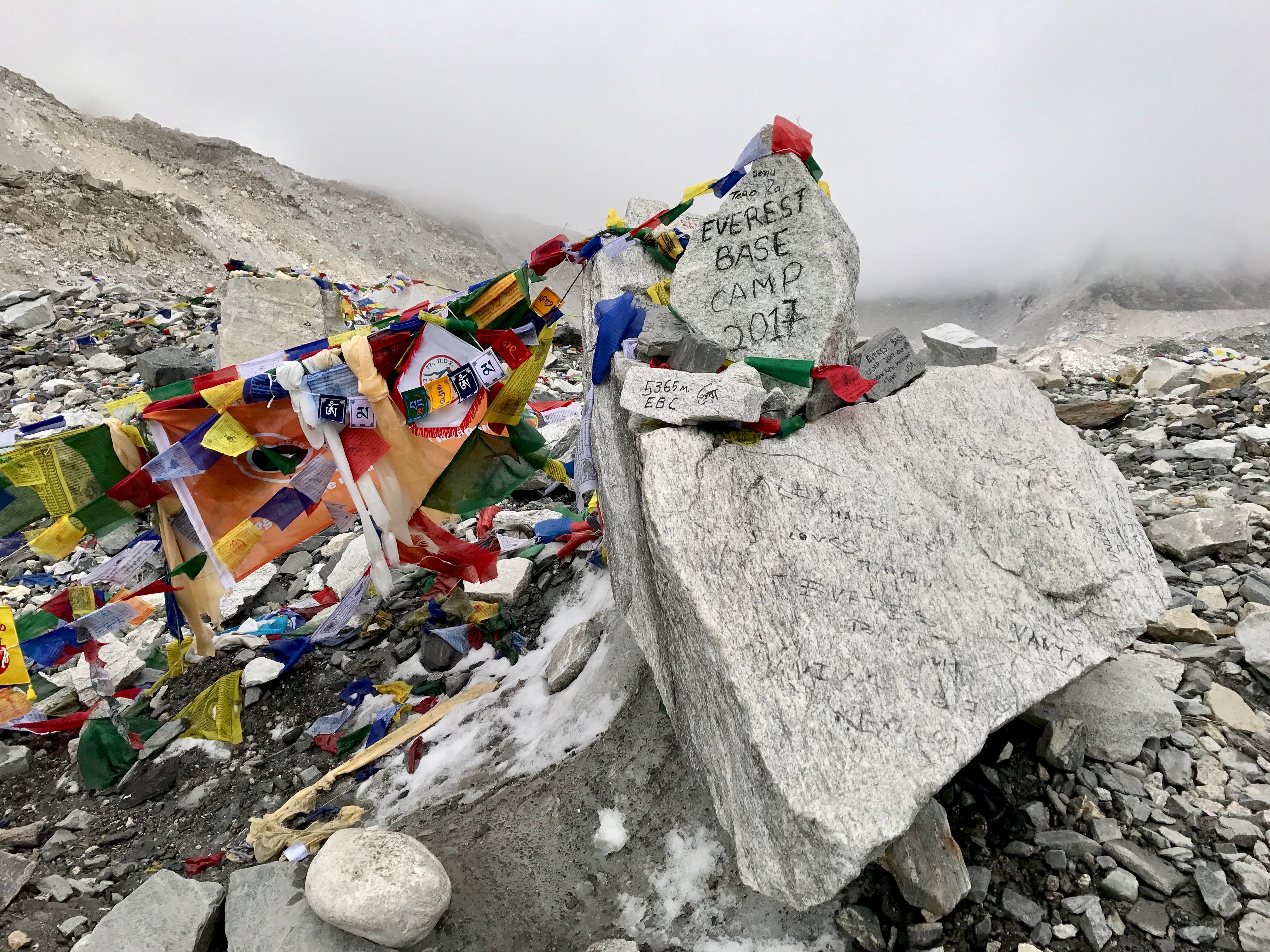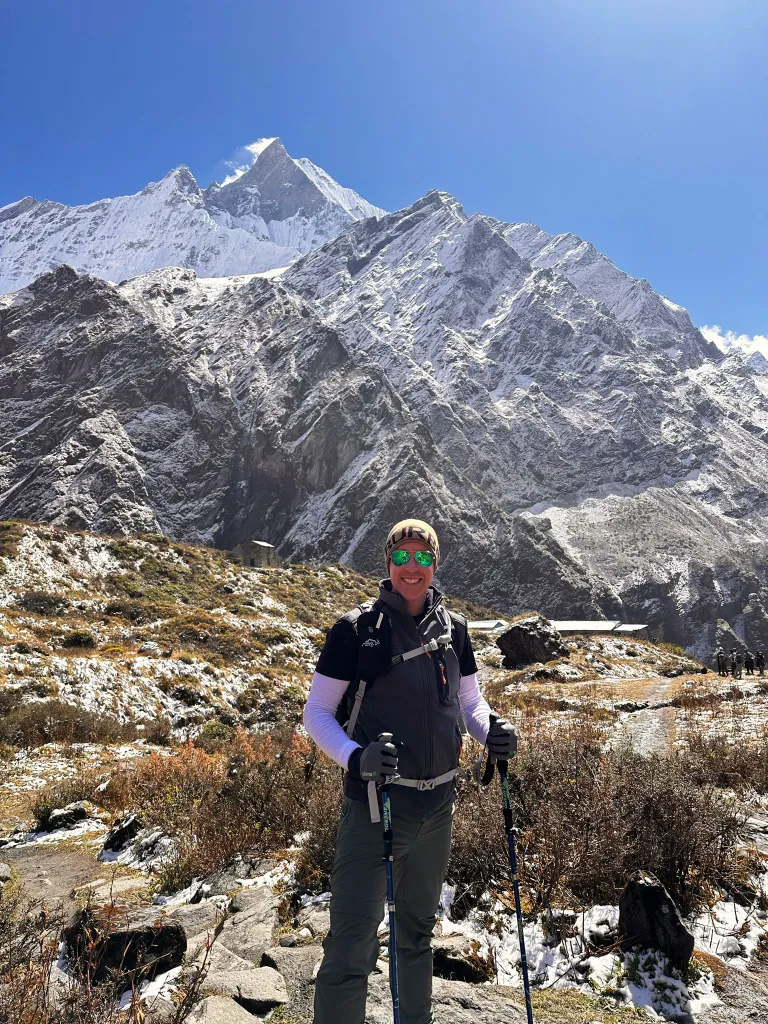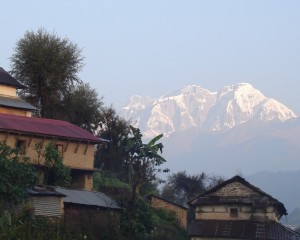Equipment for Everest Base Camp Trek
There are few things in life as rewarding as climbing Mount Everest. The challenge, the beauty, and the adventure of it all make it one of the most popular treks in the world. But before you set out on this amazing journey, you'll need to prepare by packing your gear correctly.
Packing for the trek itself is one of the more difficult things you'll face on the Everest Base Camp Trek. We have put up a thorough list of everything you'll need for the usual Everest Base Camp Trek and other treks in the area to give you a head start. The packing list is by no means exhaustive as you don't have to include everything in the backpack that is listed below. It may and ought to be modified to fit your unique requirements and tastes. The list of the equipment for Everest Base Camp Trek is made from suggestions based on historical hiking experiences in the region as well as comments from tour operators and trekkers.

The list of equipment for Everest Base Camp Trek is made to provide the highest performance and value for the money, guaranteeing that you don't have to spend a fortune to take in Nepal's natural beauty. Most of the above items can be rented or bought in Kathmandu or Namche Bazaar, but be aware that you run the chance of being offered less-expensive, local gear that might not be up to the same standards as gear purchased before your trip. You should invest in high-quality, dependable clothing and footwear because the walk will take place in extremely cold circumstances. Let’s see the list of the needed items.
1. Everest Base Camp Trek Packing List for Clothing
- Clothes
The season you travel in and the precise journey you intend to do will have a major impact on the clothing you carry for the Everest Base Camp Trek. We offer packing suggestions for the normal Everest Base Camp journey, which requires climbing over 3,000 meters in elevation. Layering is a fundamental idea of the walk due to the wide fluctuation in height and, consequently, temperature. While trekking, being able to add or remove layers of clothing will help you to adjust quickly to the weather, ensuring that you stay safe and comfortable. Also, You should undoubtedly bring some warmer clothing if you intend to walk during the chilly winter months of December through February.

- Base Layers
The base layer, which you put on initially, is crucial for colder and higher altitude stages of the walk. This implies that you won't likely wear it towards the beginning and end of the expedition. The most crucial factors in choosing a decent base layer are fit and substance. We advise Merino wool base layers since they are reasonably priced and excel at drawing moisture from the body.
- Insulation Layers
The insulation layer, which is the second layer, is typically created from a fleece-like material. They are offered for the legs and the torso, however for EBC, only the second layer for the torso is required. A Polartec 200 Fleece Jacket is suggested since it is incredibly light and allows for effortless movement when trekking. Additionally, they are reasonably priced, warm, and breathable. Fleece jackets from reputable manufacturers like The North Face, Helly Hansen, Columbia, REI, and Patagonia are available.
- Outer Layer
This layer, also known as the outer core layer, is made up of a warm, waterproof jacket and pants. These will primarily be utilized if the walk is at higher altitudes or if it is extremely chilly or rainy. Paying a little more for a high-quality winter jacket should be seen more as an investment than an expense because it is one of the more significant and long-lasting items of clothing you will purchase. The North Face, Mountain Hardware, Eddie Bauer, Rab, Hagloffs, and Berghaus are some of the jacket brands we suggest. From Kathmandu, jackets can be purchased, although they will probably be phony.

- Trekking Trousers
For the lower/warmer portions of the journey, we advise bringing one pair of hiking shorts and one pair of hiking pants. There are numerous reputable trekking trouser manufacturers, such as Craghoppers, Trespass, and Columbia.
- Trekking Shirts
You'll need about 5 or 6 shirts that you can wear most days. Avoid cotton since it absorbs moisture rather than wicking perspiration away, leaving you with stinky clothing after a few wears. A permeable, lightweight, and quick-drying polyester, merino, or nylon fabric is ideal. It is advised to wear both short and long sleeve shirts. Our partner Mountain IQ has a fantastic assortment of hiking gear with the EBC logo. Use the promo code "EBCTrek" to save 10% on Mountain IQ gear. View their entire collection of EBCs.






